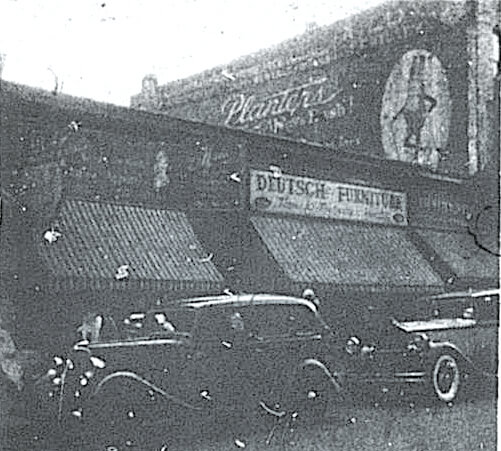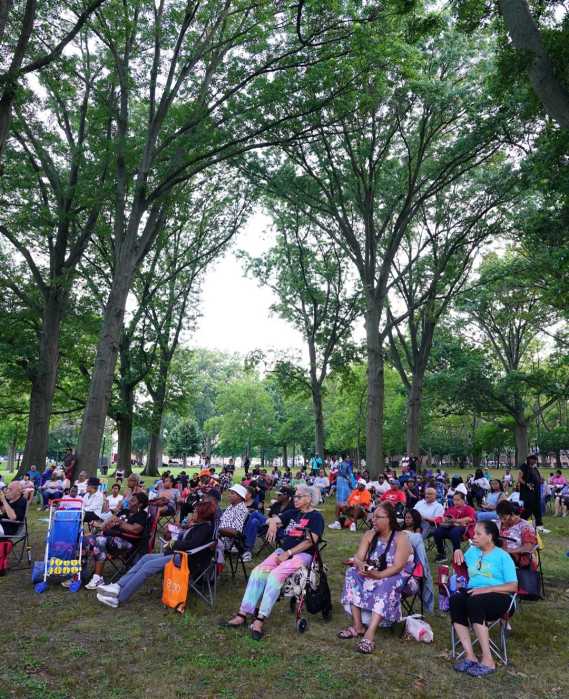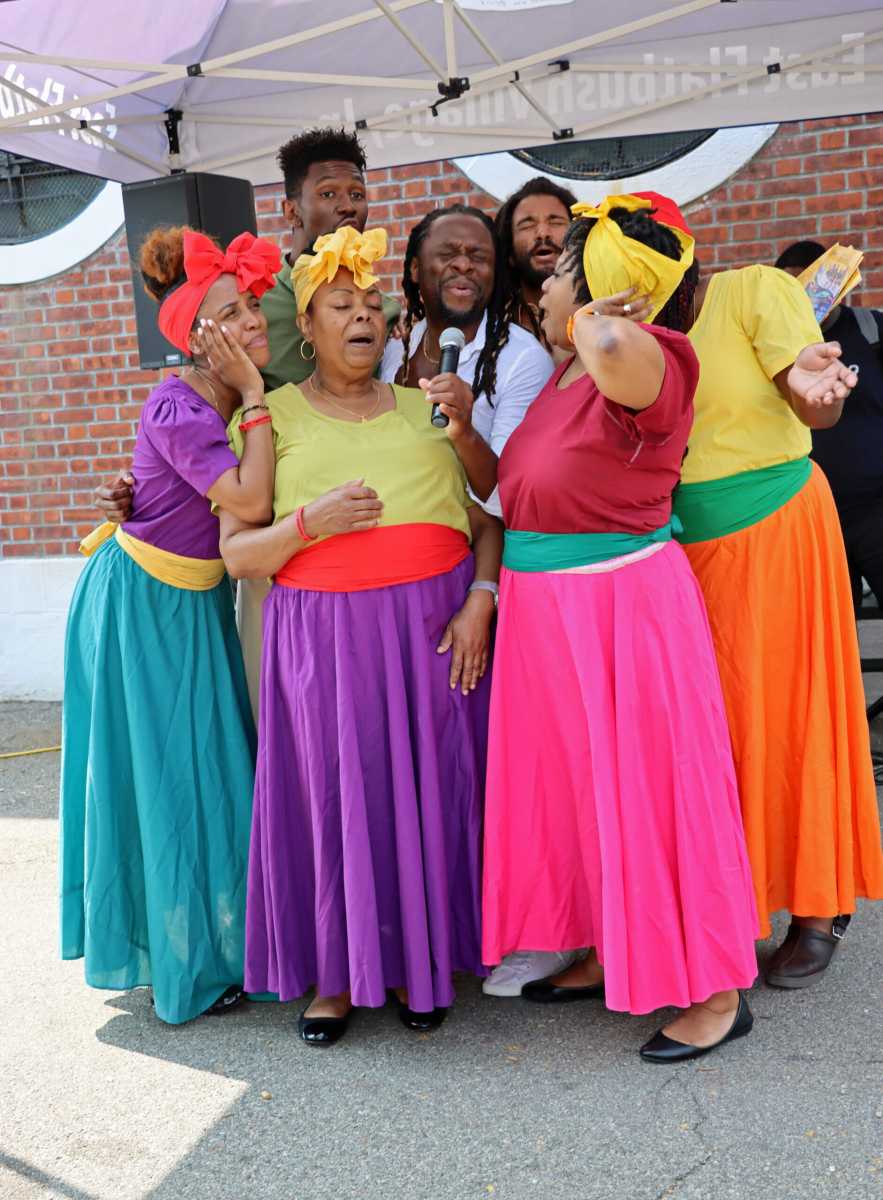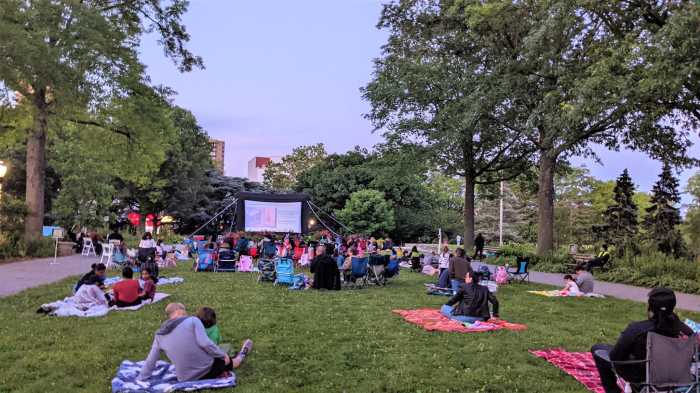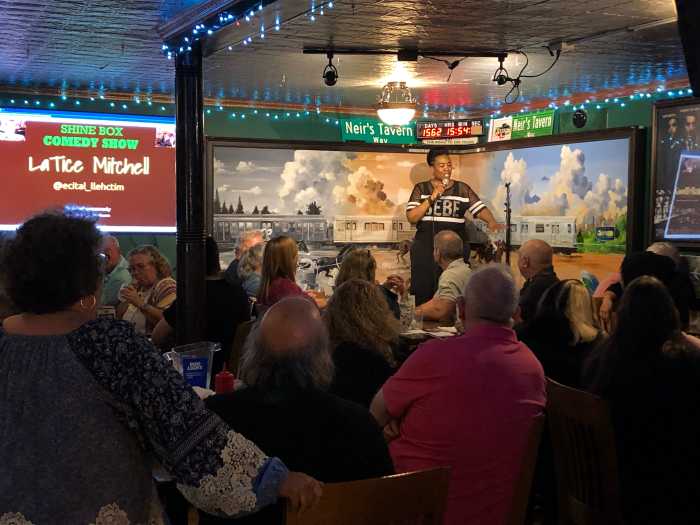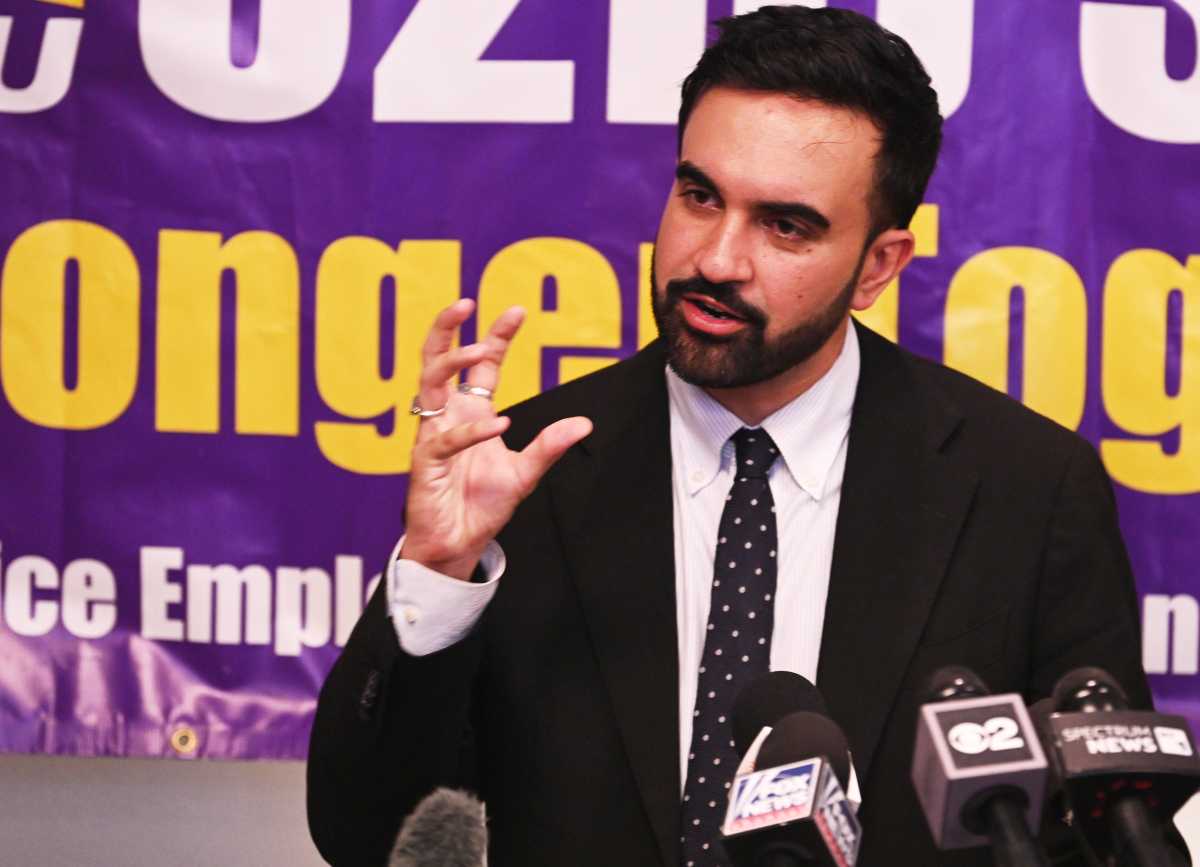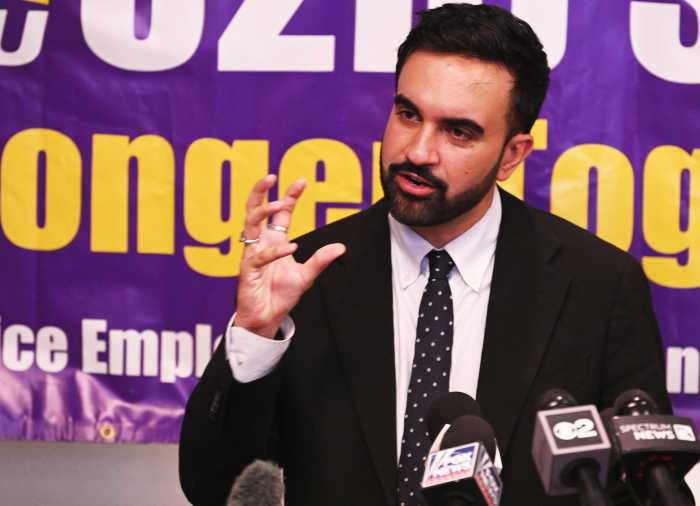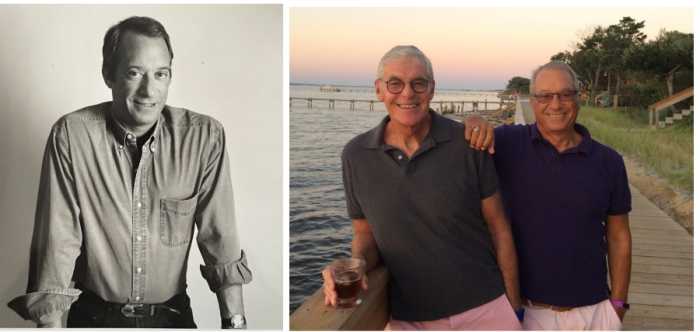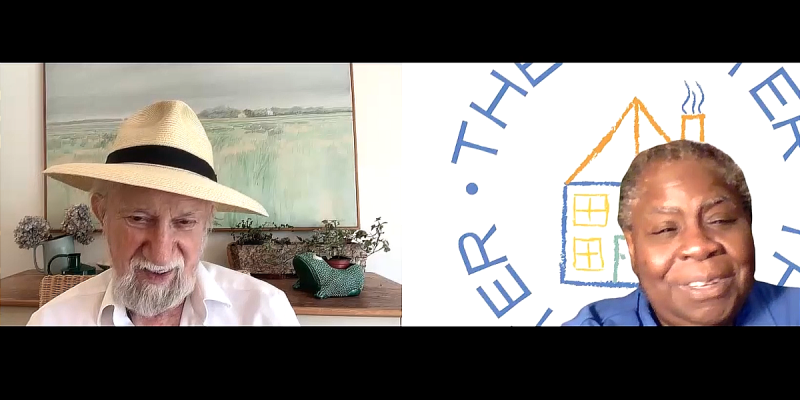These days, it’s not uncommon to see a film shoot on the streets of Queens, and in particular, Greater Ridgewood. Many great directors and television producers have come to the neighborhood to shoot scenes on location, from present-day dramas to period pieces.
We imagine that many directors find Ridgewood attractive because of its old-fashioned housing stock, which makes the area suitable setting depicting urban life from the 20th century and beyond. As a result, Ridgewood has served as a filming location for productions from “Law & Order: Special Victims Unit” in modern-day America; to Martin Scorsese’s latest film about the alleged assassin of Jimmy Hoffa, set in the 1970s; to “Boardwalk Empire,” the HBO drama set in the Roaring Twenties; and more.
But long before the entertainment boom that hit New York City this century, Ridgewood had a starring role in the 1985 film “Brighton Beach Memoirs,” standing in for the titled Brooklyn neighborhood in a period piece set in the 1930s.
The movie was adapted from a semi-autobiographical play written by the famous playwright, Neil Simon, who created many classic plays including “The Odd Couple,” “Lost in Yonkers” and “The Sunshine Boys.” The film starred Jonathan Silverman as Eugene Morris Jerome, a 15-year-old teenager growing up in Depression-era Brighton Beach experiencing the typical angst and conflict that any youngster at that age would face.
The cast also included Blythe Danner, Bob Dishy, Brian Drillinger, Stacey Glick, Judith Ivey and Lisa Waltz.
But Ridgewood was front and center in the movie. Many scenes were shot primarily along Seneca Avenue, in the shadow of the elevated M line near Palmetto Street; the Ridgewood Times, as it happened, had their office located on the same block at the time.
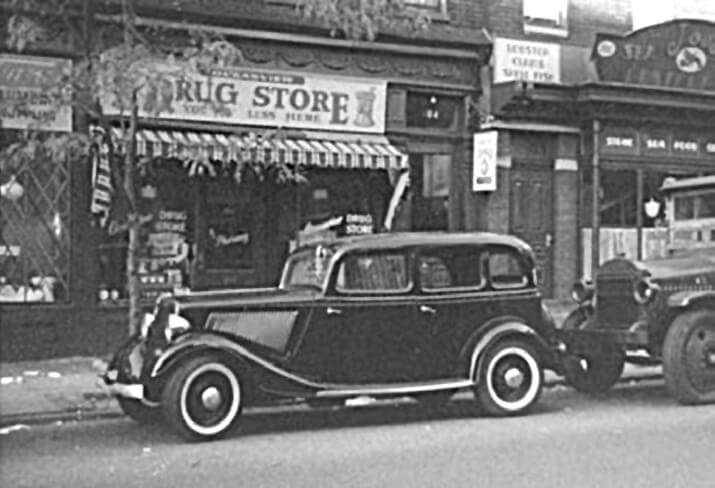
The producers went to great lengths to transform the Seneca Avenue streetscape into a main shopping strip that could have been seen in Brighton Beach during the 1930s. In a special section about the film, published in the Nov. 28, 1985, Ridgewood Times, the paper went into great detail to explain the effort both in Ridgewood and in the actual Brighton Beach, where other scenes were filmed:
The Brighton Beach section of Brooklyn where the action takes place features a very specific architectural style: Residential streets consist mainly of uniform single family, two-story wood frame stucco and brick houses, while rows of small storefronts were the order of the day on business streets.
In the Brighton 4th Street area, almost all the homes had been modernized with new siding, storm fences and brightly colored paints. Therefore, house colors from the 30s — beige, grey, green — were used in repainting the facades. Aluminum storm windows were covered to look like wood-frame windows and period gates and fences were brought in.
In addition, wooden telephone poles were substituted for metal ones while high crime street lighting gave way to incandescent lamps…
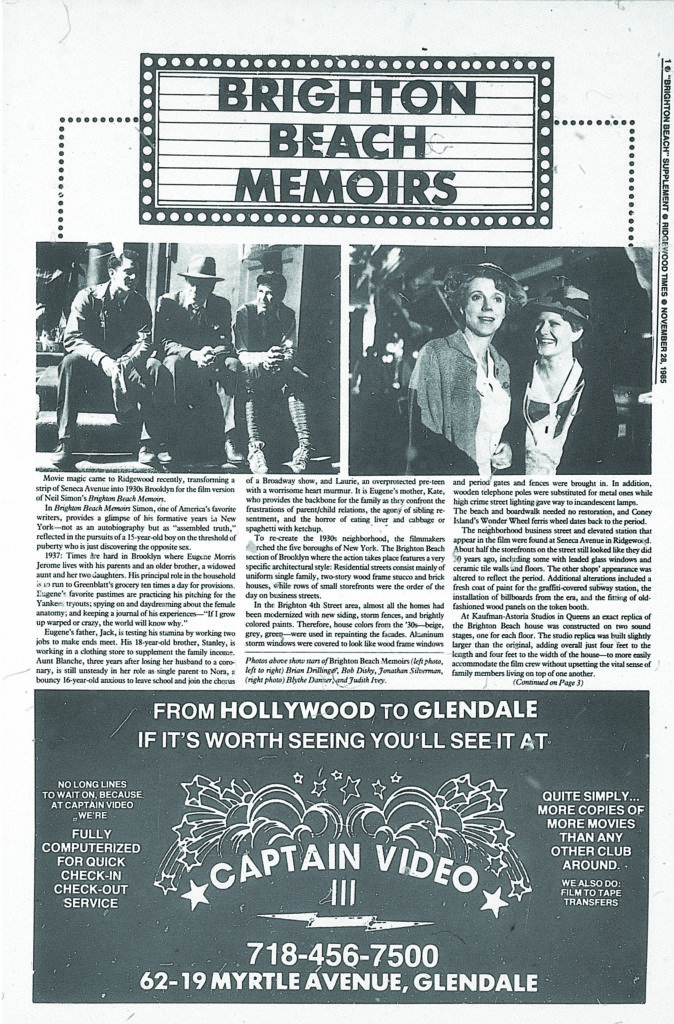
The neighborhood business street and elevated station that appear in the film were found at Seneca Avenue in Ridgewood. About half of the storefronts on the street still looked like they did 50 years ago, including some with leaded glass windows and ceramic tile walls and floors. The other shops’ appearances were altered to reflect the period.
Additional alterations included a fresh coat of paint for the graffiti-covered subway station, the installation of billboards from the era and the fitting of old-fashioned wood panels on the token booth.
One of the billboards installed for the picture was kept up for years after the filming. It was a huge 1930s-style advertisement for Planters Peanuts, painted on the brickface side of 682 Seneca Ave. Graffiti and other, more modern ads eventually covered most of the Planters painting in the 33 years since filming occurred, but you can still see remnants of it the next time you pass through the Seneca Avenue M train station from the Manhattan-bound side.
A distinct feature in the Planters ad, along with the Mr. Peanut logo, is a man dressed similar to a delivery courier or a conductor of the time. Some observers believed the man’s face was intentionally drawn to resemble Ronald Reagan, who was president at the time “Brighton Beach Memoirs” was filmed — a clever inside joke by the set designers.
We should also mention that interior scenes for “Brighton Beach Memoirs” were shot at Kaufman Astoria Studios in Astoria. As the Ridgewood Times noted, “an exact replica of the Brighton Beach house was constructed on two soundstages, one for each floor.”
“The studio replica was built slightly larger than the original, adding overall just four feet to the length and four feet to the width of the house — to more easily accommodate the film crew without upending the vital sense of family members living on top of one another,” the Times noted.
While the filming gave Ridgewood plenty of buzz, the reception from the public for “Brighton Beach Memoirs” at the box office was not so memorable. A box office bomb, “Brighton Beach Memoirs” grossed just under $12 million at theaters; it was made with a budget of $18 million.
The famous film critic, the late Roger Ebert, wrote that the film “feels so plotted, so constructed, so written, that I found myself thinking maybe they shouldn’t have filmed the final draft of the screenplay.”
That’s a far cry from the reception for the Broadway play from which the film was adapted. “Brighton Beach Memoirs” debuted on Broadway on Dec. 10, 1982, and was a hit, earning two Tony Awards for best direction of a play and best performance by a featured actor in a play — Matthew Broderick, who played the main character, Eugene Morris Jerome.
The role helped launch Broderick into stardom, and while he would star in many popular films during the 1980s, he would later return to Broadway to star in another hit, “The Producers,” in 2001.
* * *
If you have any remembrances or old photographs of “Our Neighborhood: The Way It Was” that you would like to share with our readers, please write to the Old Timer, c/o Ridgewood Times, 38-15 Bell Blvd., Bayside, NY 11361, or send an email to editorial@ridgewoodtimes.com. Any print photographs mailed to us will be carefully returned to you upon request.


